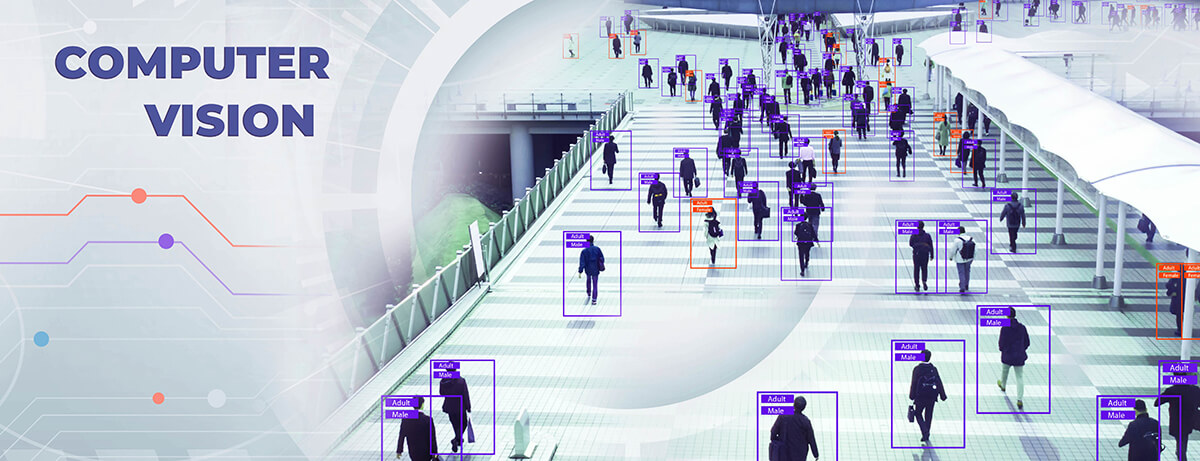
The hype about a machine or computer capable of simulating the human visual system is old. The introduction of artificial intelligence (AI) has led to a significant leap in technology. One such powerful and compelling type of AI is computer vision, which is on the priority list of many industries.
What Is Computer Vision?
Computer vision is a field of artificial intelligence that focuses on replicating powerful capacities of human vision. In layman’s terms, it trains computers to interpret and understand the visual world the same way humans do. Until recently, the capacity of computer vision was minimal.
So, what has changed? Let’s look at the timeline of the evolution of computer vision.
The History of Computer Vision
Experiments in computer vision started in the 1950s using neural networks to detect and sort simple objects into categories like circles and squares. Its first commercial use was in the 70s where it was made to distinguish between typed and handwritten text.
Eventually, when large sets of images started getting available online, the facial recognition program flourished.
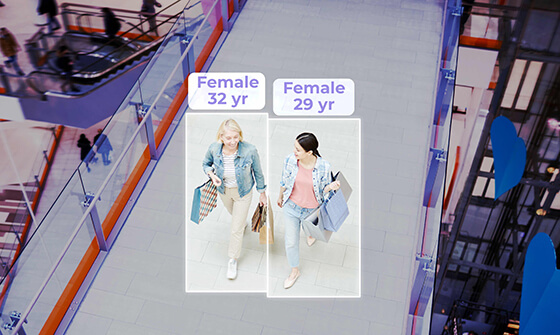
More than three billion images are shared online every day.
Not surprisingly, the market size of computer vision is expected to reach $48.6 billion by 2022. You can partially attribute the growth of computer vision to the amount of data that we generate today. This growing set of data is used to train and make computer vision identify specific people in photos and videos better.
There are several other factors that have contributed to the continued innovation in computer vision. For starters, the computing power required to analyze the data is now easily accessible. Algorithms like convolutional neural networks can take benefit of the hardware and software capabilities. The result has been astounding — the accuracy rate of object identification has gone up to 99% from 50% in less than a decade.
From Manual to Automated Object Recognition

When you look at the image below, what do you see? You can instantly recognize cars, traffic lights, and pedestrians. But for computers, the picture is just an array of pixels or numerical values that represent colors.
Digital equipment such as video cameras can capture images at high resolutions. It can detect and measure the difference between colors with high accuracy. But before the advent of deep learning, computers were struggling to make sense of the content of the image or video.
Let’s say, you want to perform object detection for any use-case such as counting how many shopping carts are available outside a retail store. Previously, to achieve this kind of use-case, a lot of manual coding and effort from developers was required. It started with creating a database by capturing individual images of all subjects that you wish to track. For every individual image, several key data points were entered to define the unique characteristics of each object. Once that was done, you would have to capture new images and go through the measurement process again.
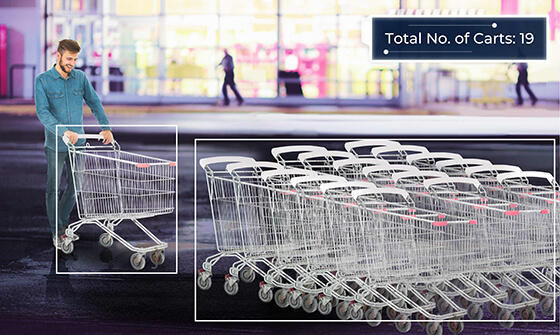
The application would compare the measurements in the new image with the old ones stored in the database and let you know if they corresponded with any of the old profiles. But with deep learning, developers do not have to manually code every single rule. Computers can be trained by feeding them images, thousands (and millions) of images that have been labeled, and subject them to various software algorithms or techniques.
Deep learning relies on a neural network that can solve any problem representable through examples. So instead of training computers to look for a basket, a handle bar, and a caster wheel to recognize a shopping cart, developers upload millions of photos of a shopping cart, and the model then learns on its own to detect specific patterns in images.
Application of Computer Vision in Different industries
Today, computer vision combined with AI and deep learning has been integrated into major products and platforms that help digitize the physical world.

Retail
Applications of computer vision in retail have increased manifold in the last decades. Brick-and-mortar retailers are using computer vision in combination with store camera infrastructure to understand who their customers are and how they behave.
Computer vision algorithms can determine human characteristics, such as age range or gender. Retailers even use computer vision to analyze shoppers’ path within their stores to map the full customer journey. It can capture footfall data, dwell times, peak occupancy hours, POS conversions, and various other retail metrics. All these insights help with product merchandising and marketing, staff optimization, and much more.
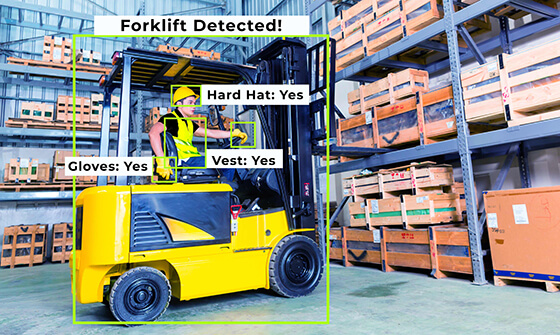
Manufacturing and Warehouse
Workers are prone to accidents in warehouses and manufacturing centers. They are at constant risk of getting injured by fast-approaching forklifts. Computer vision provides greater visibility into the floor activity and can help operators avoid such collisions and accidents.
And not just for safety, but many companies are syncing order fulfillment with their infrastructure to reduce turnover time. Computer vision in AI automates the process of managing hundreds of trucks and dozens of loading docks – identifying incoming trucks, avoiding conveyor belt jams, and keeping track of trucks emptied of pallets. It unlocks dynamic access to your facility and expands throughput potential.

Smart Operations Management
Operations management systems have transformed into smart ops platforms. Computer vision combined with AI and deep learning has enabled businesses to increase their efficiency by capturing valuable data and converting these into actionable insights.
For example, computer vision is being deployed in airports around the world to help minimize aircraft time on the ground and ensure a better passenger flow in the terminal. It even assists retail store managers with shelf replenishment to achieve a better fill rate at the shop floor level and prevent out of stock shelves.
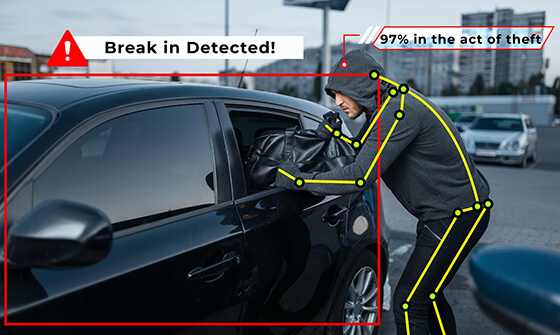
Security
Innovations in computer vision have enabled improved security of public places such as parking lots, airports, shopping malls, and more. The applications of computer vision for security purposes are diverse as it can help detect suspicious behavior, unauthorized parking detection, restricted area entry, and more. This results in the prevention of break-ins or robbery, ultimately protecting lives, properties, and assets.
Conclusion
We’re seeing an increase in the implementation of computer vision technology in many different industries to solve unique problems.
In fact, a recent development has been by Picnic, a food tech company based in Seattle. They have developed an automated assembly line — run by computer vision and AI — consisting of a conveyor belt to create pizzas for their customers. The deep learning algorithms analyze the pizza at every stage with a computer-vision system, enabling them to run a pizza production line with little supervision. Interesting, isn’t it?
Both large companies and smaller startups across various industries are finding new ways to use computer vision platforms with the ultimate goal of enhancing operational efficiency and boosting revenue and profits. The main benefit of this technology is its high accuracy rate, with which it can selectively replace human vision if trained correctly.
Deep North uses computer vision to digitize physical spaces and translate video footage into actionable insights. Now you can also solve complex problems with our deep learning algorithms and transform your business.





